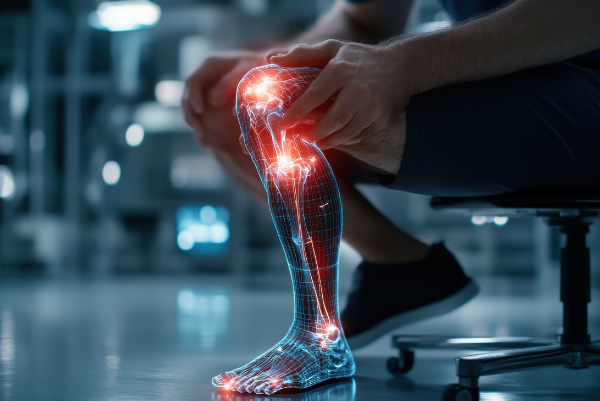Bone and joint wellness is shaped by a mix of factors, including age, genetics, and everyday habits. While none of these elements can be controlled entirely, daily lifestyle choices often play an influential role in how the body feels and functions over time. Looking at the big picture can help people understand how small decisions add up for long-term orthopedic health.
Movement and Activity Patterns
Consistent movement can support better mobility and joint comfort. Low-impact activities such as walking, light cycling, or gentle stretching are popular among individuals who want to stay active without placing excessive stress on their joints. Even simple habits—like taking breaks to stand and move around during the day—can contribute to more comfortable movement over the years.
Those interested in exploring additional orthopedic topics may find helpful general information throughout the Blackrock Orthopedics blog, where many articles discuss joint health, recovery, and long-term wellness in broad, easy-to-understand terms.
Daily Wellness Choices and Overall Health
Hydration, nutrition, sleep, and stress management all play a role in how the body feels. While each person’s needs are different, many people notice that taking a whole-body approach to wellness helps them stay more comfortable and active. A balanced routine that includes movement, rest, and supportive daily habits can benefit not just the joints, but overall health as well.
Some individuals find it helpful to review general information on orthopedic care and wellness on the Blackrock Orthopedics website as they think about the choices that best fit their goals and lifestyle.
Posture and Everyday Joint Use
The way people move throughout the day—how they sit at a desk, how they lift objects, or how they approach repetitive tasks—can add up over time. Being mindful of posture and alignment can help reduce unnecessary strain on joints, especially in the back, hips, knees, and shoulders.
Small adjustments such as adjusting chair height, switching positions more often, or paying attention to how the body feels during different tasks may support better joint comfort. Over time, these subtle changes can help people feel more at ease doing the activities they enjoy.
Taking a Long-Term View of Bone and Joint Health
Because bones and joints support every step, reach, and bend, caring for them is a long-term commitment. There is no single perfect routine that works for everyone, but a combination of movement, balanced daily habits, and self-awareness can go a long way toward promoting comfort.
When people understand how their lifestyle choices can influence orthopedic health, they are often better equipped to make decisions that support their mobility and quality of life well into the future.








